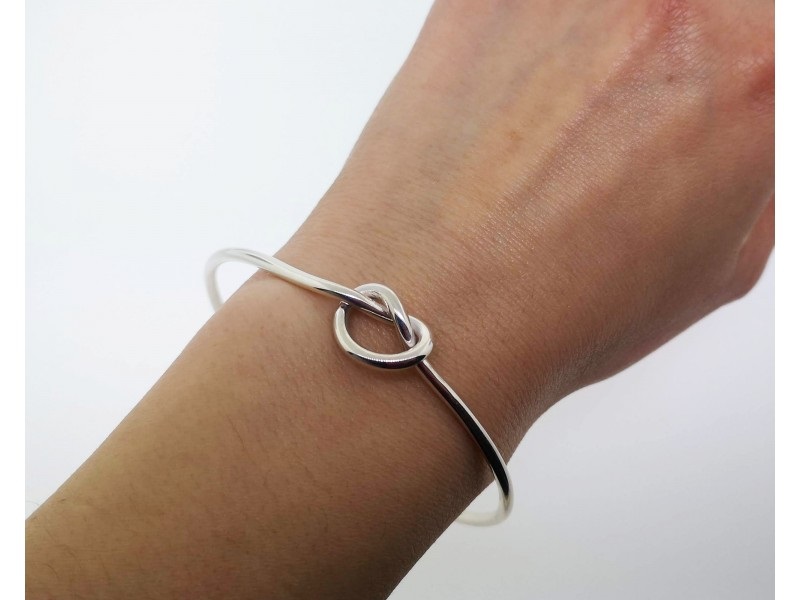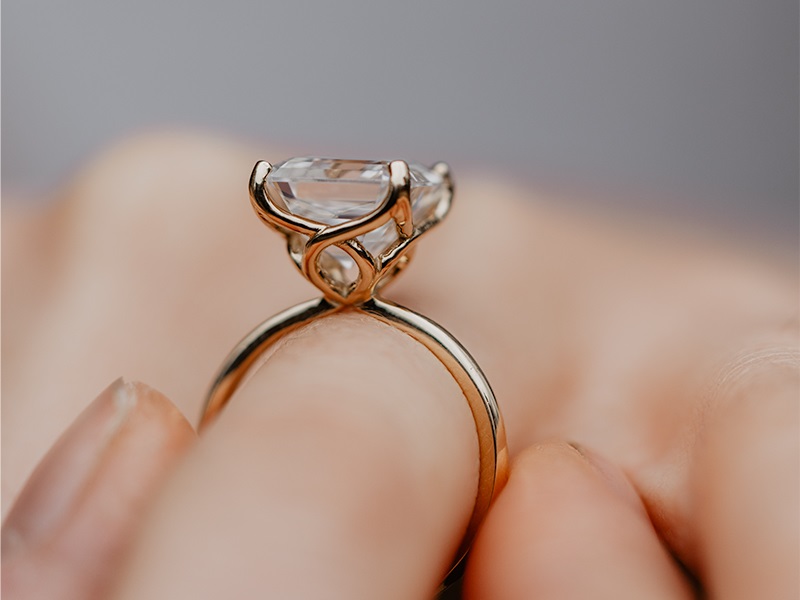
GOLCONDA DIAMONDS IN 2025, DISAPPOINTMENT AND HOPE
Golconda diamonds carry an almost mythical reputation. Their rarity and historical significance make them stand apart from other diamonds. Because most Golconda diamonds were mined centuries ago and are now held in royal treasuries, museums, or prestigious private collections, any news, rumor, or speculation about them — whether it’s about an auction, rediscovery, or ownership — quickly captures worldwide attention.
SERAPHIM BLUE DIAMOND
The year 2025 started off as a good year for professional diamond collectors, rumors of the elusive Seraphim Blue Diamond that were heard sporadically in previous years, became louder and even more convincing in 2025. The 6 to 7 carat diamond worn by Asaf Jah I the first Nizam of Hyderabad (around 1724), had not been heard of for centuries. It is widely claimed that the Nizam, wore the fine Golconda blue diamond in a lavish turban ornament. The diamond exited the treasury of the Nizams during the reign of Asaf Jah II, the second Nizam of Hyderabad. Most reports claim that the Seraphim Blue Diamond, was handed over to the French in return for military support.
Information compiled on the Seraphim Blue Diamond from multiple sources, put the current location of the historic Golconda diamond in Russia – part of a valuable collection in Russia. The diamond has never been part of an auction or a public sale in the past. It is fair to say that transfers and sales were largely handled privately.
The fact that there has been no indication of an auction or sale of the historic Seraphim Blue Diamond, limited excitement about this legendary diamond to a certain extent. Seasoned auction bidders and major auction houses, would feel it worthwhile to wait.
GOLCONDA BLUE DIAMOND
April 2025 brought another flash of good news related to Golconda diamonds. Christie’s unleashed a powerful media campaign and announced, an auction for another historic diamond from the Golconda mines. The 23.24 carat pear shape diamond had a much shorter provenance, as compared to the Seraphim Blue Diamond. The diamond was traced back to the early 1900s.
Interest in two historic Golconda diamonds within a year, the diamond circuit was getting ready for the excitement. An unusual occurrence unfolded closer to the auction date, Christie’s withdrew the diamond and cancelled the auction! Some experts remained confident that, Christie’s would never disclose the true reason, for the cancellation of the Golconda Blue Diamond auction.
This was disappointing news, experts and auction houses knew that they just had to wait for a future auction of a diamond from the Golconda mines – these precious stones are getting rarer by the day, owners are reluctant to part with their Golconda diamonds.
RELUCTANCE TO SELL
The diamond community realizes that the Seraphim Blue Diamond is their next hope. Hopes are being pinned on a sale or auction of the legendary blue diamond, from the Golconda mines. This even without an indication of an intent to sell the diamond. There is an increasing reluctance on the part of the owners of such diamonds, to part with their valuable assets.
Golconda diamonds, particularly those with historic or royal provenance, are seen as irreplaceable assets. With mining in Golconda having ceased centuries ago, the existing gems form a very limited and finite supply. Their rarity, coupled with prestigious ownership histories, makes them as much cultural and historical treasures as they are luxury jewels.
Because of this, current owners often view them as long-term legacies rather than commodities. They can serve as symbols of heritage, prestige, and security — sometimes even considered safer to hold than financial instruments. This is why such diamonds are rarely rushed into the market, and when they do appear at auction, they tend to generate worldwide attention and record-setting bids.







